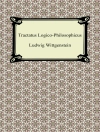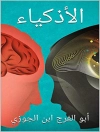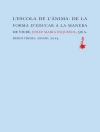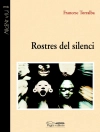Mature sciences have been long been characterized in terms of the “successfulness”, “reliability” or “trustworthiness” of their theoretical, experimental or technical accomplishments. Today many philosophers of science talk of “robustness”, often without specifying in a precise way the meaning of this term. This lack of clarity is the cause of frequent misunderstandings, since all these notions, and that of robustness in particular, are connected to fundamental issues, which concern nothing less than the very nature of science and its specificity with respect to other human practices, the nature of rationality and of scientific progress; and science’s claim to be a truth-conducive activity. This book offers for the first time a comprehensive analysis of the problem of robustness, and in general, that of the reliability of science, based on several detailed case studies and on philosophical essays inspired by the so-called practical turn in philosophy of science.
Зміст
Introduction. The Solidity of Scientific Achievements: Structure of the Problem,
Difficulties, Philosophical Implications.- Chapter 1. Robustness, Reliability, and Overdetermination (1981).- Chapter 2. Robustness: Material, and Inferential, in the Natural and Human Sciences.- Chapter 3. Achieving Robustness to Confirm Controversial Hypotheses: A Case.- Study in Cell Biology.- Chapter 4. Multiple Derivability and the Reliability and Stabilization of theories.- Chapter 5. Robustness of an Experimental Result: The Example of the Tests of Bell’s Inequalities.- Chapter 6. Scientific Images and Robustness.- Chapter 7. Are we still Babylonians? The Structure of the Foundations of Mathematics from a Wimsattian Perspective Chapter 8. Rerum Concordia Discors: Robustness and Discordant Multimodal.- Evidence.- Chapter 9. Robustness of Results and Robustness of Derivations: the Internal Architecture of a Solid Experimental Proof.- Chapter 10. Multiple Means of Determination and Multiple Constraints of
Construction: Robustness and Strategies for Modeling Macromolecular Objects.- Chapter 11. Understanding Scientific Practices: The Role of Robustness-notions.- Chapter 12. The Robustness of Science and the Dance of Agency.- Chapter 13. Dynamic Robustness and Design in Nature and Artifact
Chapter 12. The Robustness of Science and the Dance of Agency.- Chapter 13. Dynamic Robustness and Design in Nature and Artifact.











